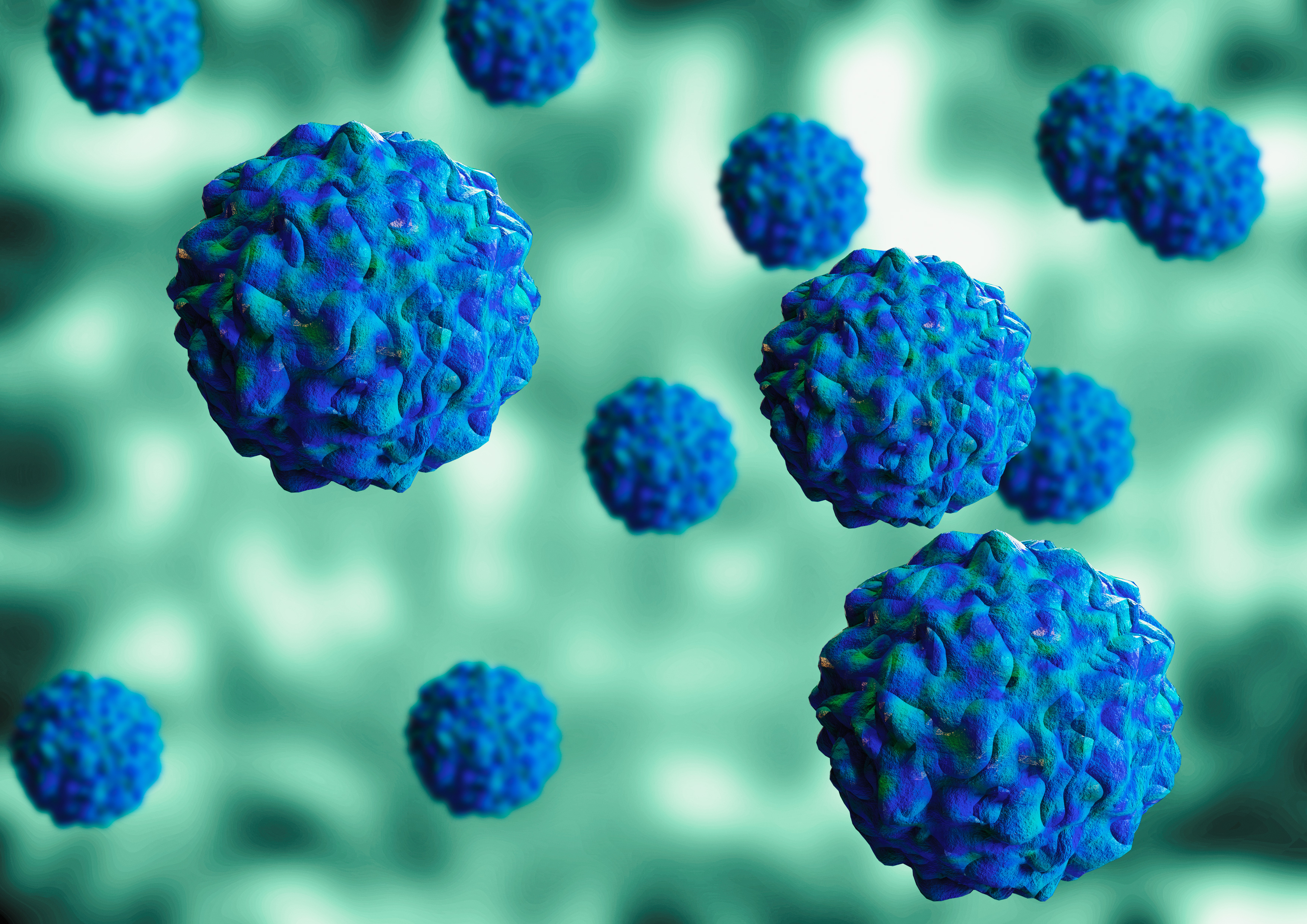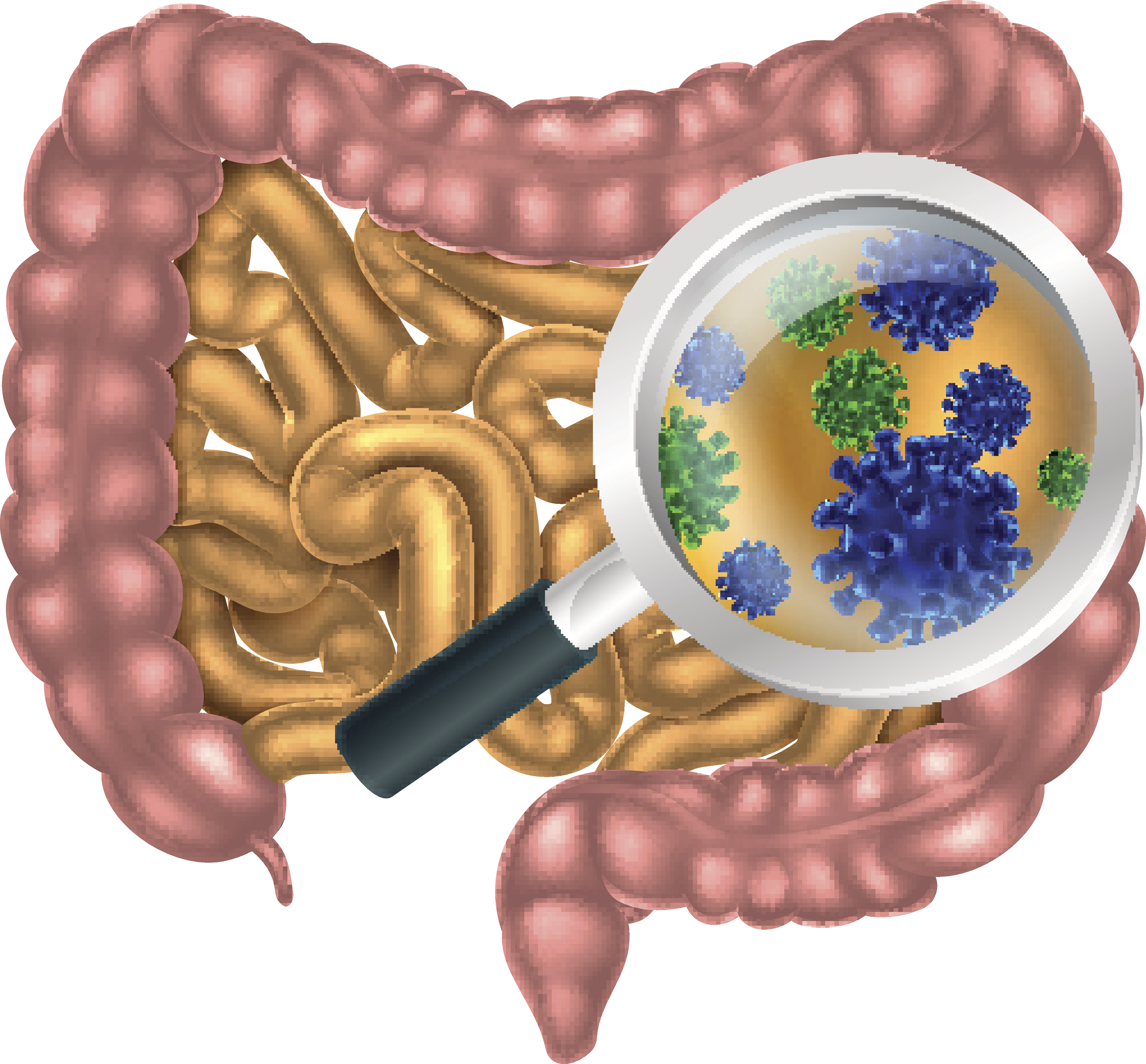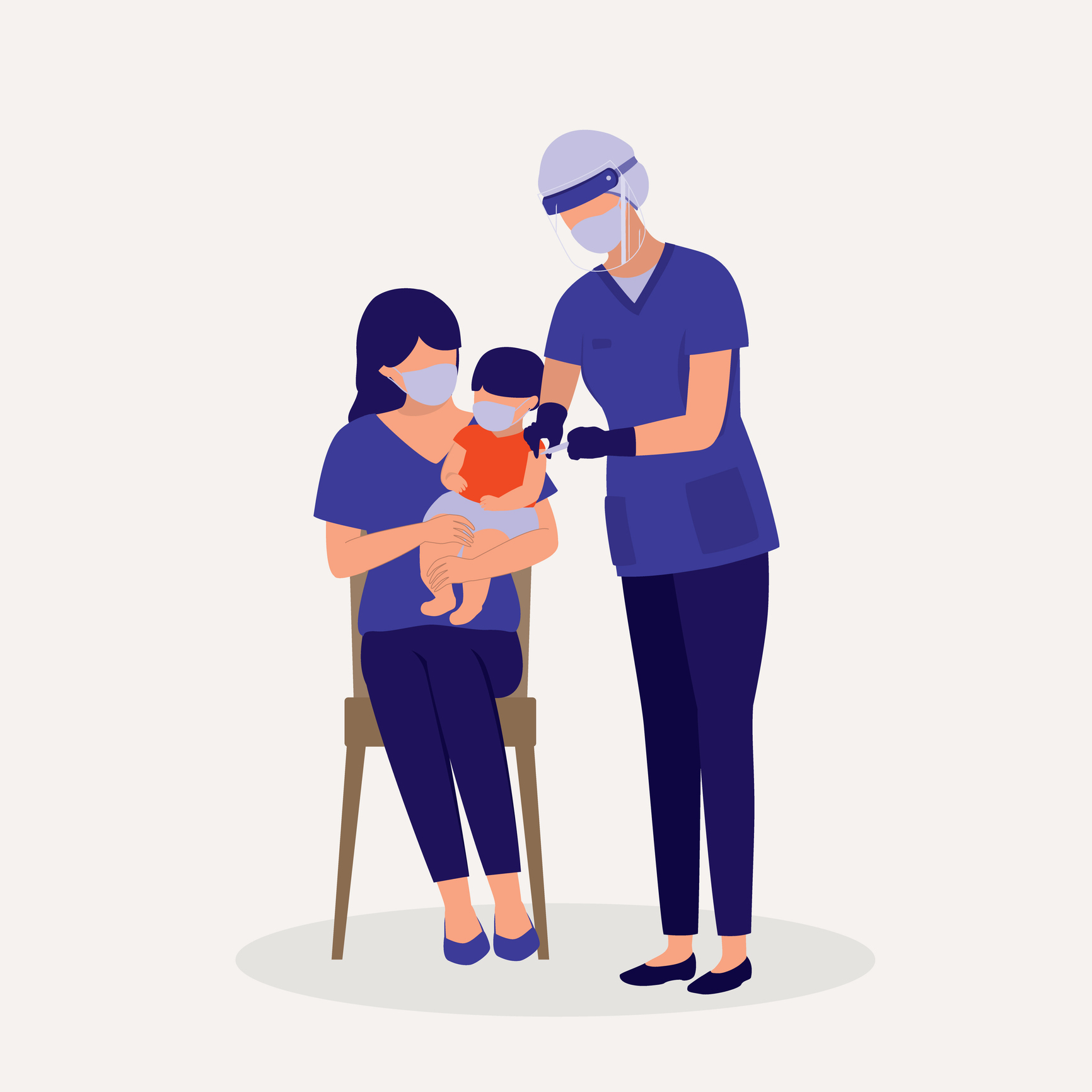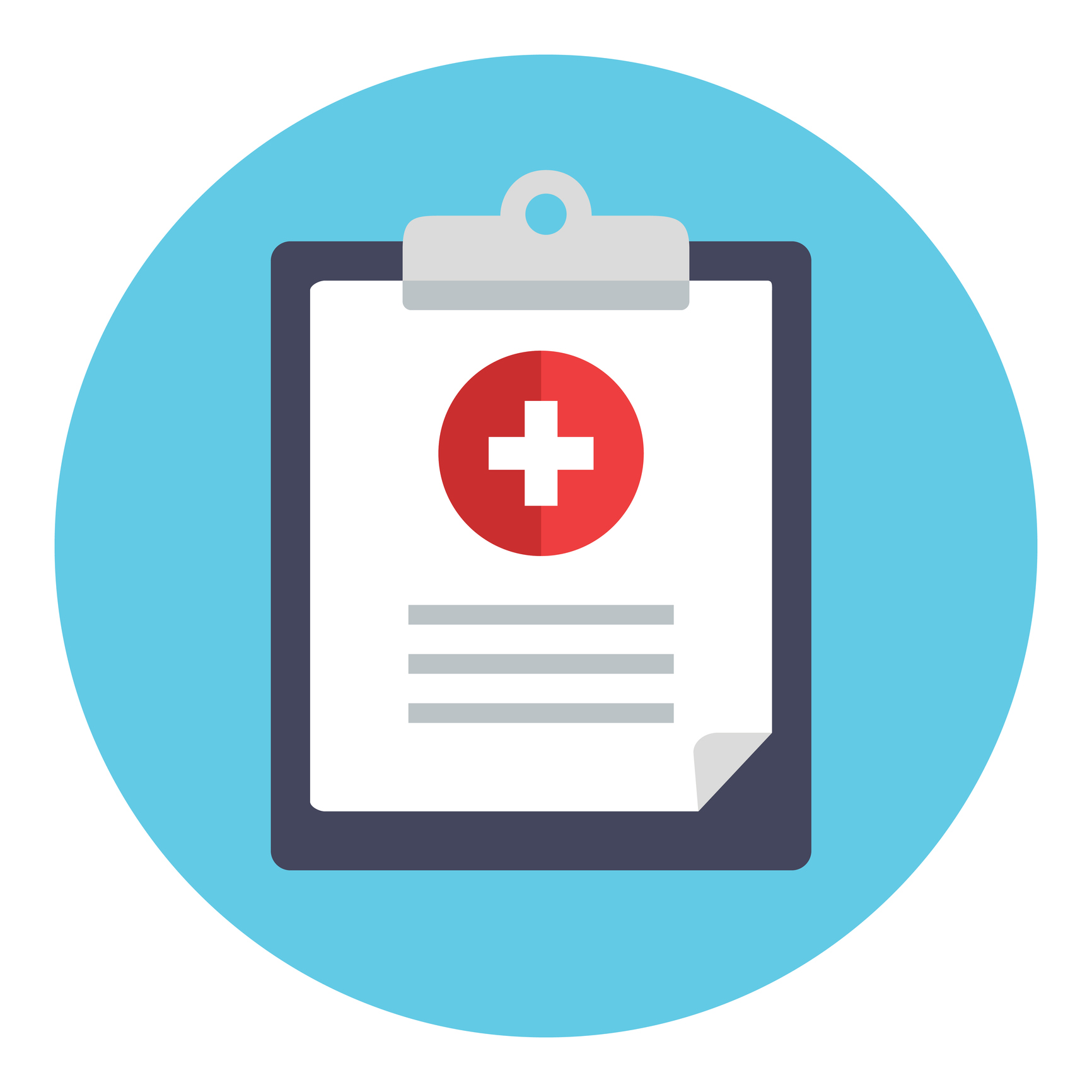Polio vaccine provides the best protection against poliovirus.
Two doses of inactivated polio vaccine (IPV) are at least 90% effective o against paralytic polio; three doses are at least 99% effective.
Recommendations for children and adults are as follows:
Infants and Children:
-
CDC recommends children in the United States receive IPV to protect against polio, or poliomyelitis, as part of their routine immunizations. IPV can be given at the same time as other vaccines.
- Children get four doses of IPV, with one dose at each of these ages:
- 2 months
- 4 months
- 6 through 18 months
- 4 through 6 years - before entering kindergarten
At least one dose of polio vaccine is recommended on or after age 4 years regardless of the number of previous doses.
Combination vaccines containing IPV are also available and can be used to reduce the number of injections administered during the clinic visit. (See table below)
| Combination Vaccines w/IPV* |
Number of Doses |
Age |
Recommended Age |
Dose/Route |
Pediarix (DTaP-HepB-IPV)
GlaxoSmithKline |
3 |
2, 4, & 6 months |
6 weeks-6 years |
0.5mL
Intramuscular (IM) |
Pentacel (DTaP-IPV/Hib)
Sanofi Pasteur
|
4 |
2, 4, 6, and 15-18 months |
6 weeks-4 years |
0.5mL
Intramuscular (IM) |
VAXELIS (DTaP-IPV-Hib-HepB)**
MSP Vaccine Company
|
3 |
2, 4, and 6 months |
6 weeks-4 years |
0.5mL
Intramuscular (IM) |
Kinrix (DTaP-IPV)
GlaxoSmithKline
|
1 |
4-6 years |
4-6 years |
0.5mL
Intramuscular (IM) |
Quadracel (DTaP – IPV)
Sanofi Pasteur
|
1 |
4-6 years |
4-6 years |
0.5mL
Intramuscular (IM) |
*Polio vaccine can be administered with other vaccines.
*Kinrix is approved only for dose 5 of DTaP and dose 4 of IPV.
*Quadracel is approved only for dose 5 of DTaP and dose 4 or 5 of IPV.
*ACIP prefers that, whenever feasible, the doses of vaccine in a series come from the same manufacturer.
**Preferred for American Indian and Alaskan Native infants based on the Haemophilus influenzae type b (Hib) component.
Accelerated Schedule for Children Traveling Outside the U.S.
Children who will be traveling to a country where the risk of getting polio is high should complete the series before leaving for their trip. If a child cannot complete the routine series before leaving, an accelerated schedule is recommended as follows:
- One dose at age 6 weeks or older
- A second dose 4 or more weeks after the first dose
- A third dose 4 or more weeks after the second dose
- A fourth dose 6 or more months after the third dose
Adults:
- Adults who are unvaccinated or have an incomplete vaccination history should receive the remaining doses of IPV (1, 2, or 3 doses) to complete a 3-dose primary series. Unless there are specific reasons to believe they were not vaccinated, most adults who were born and raised in the United States after 1954 can assume they were vaccinated against polio as children.
For more information on polio vaccine recommendations for adults, see Advisory Committee on Immunization Practices.
Special situations:
- Adults at increased risk of exposure to poliovirus who completed primary series may receive one lifetime booster dose of IPV.
- Situations that put adults at risk of exposure to poliovirus include:
- Travelers going to countries where polio is epidemic or endemic.
- Laboratory and healthcare workers who handle specimens that might contain poliovirus.
- Healthcare workers or other care givers caring for someone infected with poliovirus.
- Adults identified by public health as being part of a group or population at high risk of exposure because of an outbreak.
Children and adults vaccinated outside of the U.S. should complete the polio vaccination series as recommended.
For more detailed information, see: Polio Vaccination: Information for Healthcare Professionals








